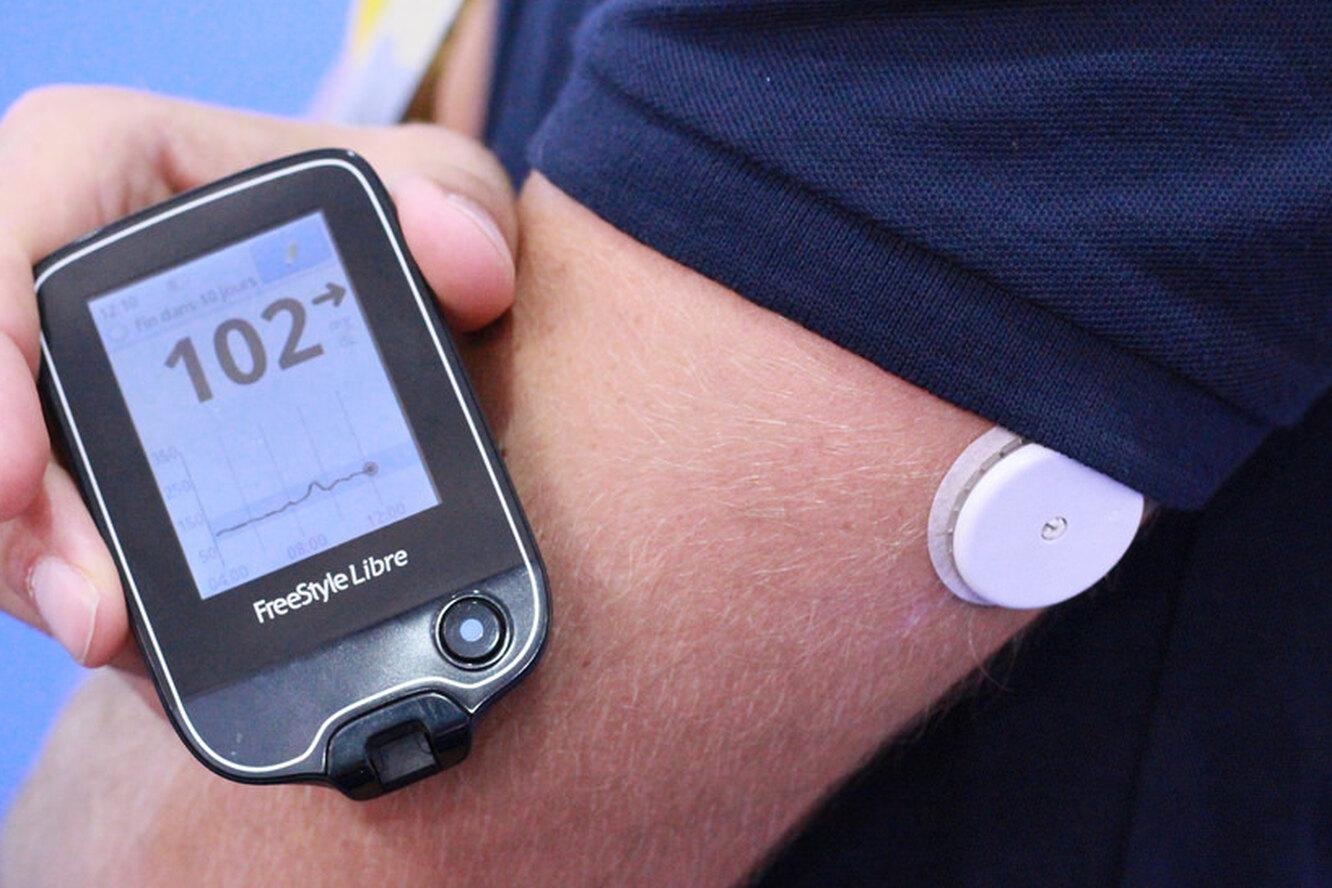Glucose Sensors Market: Drivers Behind the Rise of Non-Invasive Monitoring Solutions

Introduction
The global Glucose Sensors Market is experiencing a paradigm shift as the demand for non-invasive monitoring solutions gains momentum. Traditionally, blood glucose monitoring involved pricking the skin, extracting blood samples, and using chemical sensors to analyze glucose levels. While effective, this method is uncomfortable and can lead to poor compliance. In response, technology innovators are pushing boundaries to deliver non-invasive alternatives that offer pain-free, real-time, and accurate glucose tracking.
This article explores the major drivers fueling the rise of non-invasive glucose monitoring technologies and their growing influence on the global Glucose Sensors Market.
Understanding Non-Invasive Glucose Monitoring
Non-invasive glucose sensors analyze glucose levels without piercing the skin or drawing blood. They measure glucose through alternative biological fluids such as:
-
Sweat
-
Saliva
-
Tears
-
Interstitial fluid
-
Breath (acetone levels)
-
Skin optical signals (infrared, Raman, or photoacoustic)
These methods aim to offer continuous, painless monitoring via wearables like smartwatches, contact lenses, skin patches, and even earphones.
Key Drivers Behind the Non-Invasive Revolution
1. Consumer Demand for Comfort and Convenience
One of the biggest market drivers is the growing consumer desire to avoid the discomfort of daily finger-pricking or sensor insertions. Modern users, particularly younger and active populations, prioritize convenience, wearability, and discretion in health monitoring devices. This shift is encouraging manufacturers to develop sleek, stylish, and easy-to-use non-invasive solutions.
2. Rising Global Diabetes Prevalence
According to international health organizations, over 530 million people globally live with diabetes—a number projected to grow significantly by 2030. Non-invasive glucose monitors can dramatically improve screening and monitoring rates by reducing user resistance, particularly among:
-
Undiagnosed diabetics
-
Elderly populations
-
Children and adolescents
The growing global burden of diabetes has become a critical driver for innovation in the Glucose Sensors Market.
3. Technological Advancements in Biosensing and Nanomaterials
Progress in biosensor technology, nanomaterials, and optical sensing techniques has made non-invasive glucose monitoring more feasible than ever. For instance:
-
Raman spectroscopy can detect glucose molecules in the skin using light scattering.
-
Electrochemical sensors integrated with microfluidics can monitor glucose in sweat.
-
Nanoparticle-infused contact lenses are being tested for tear glucose sensing.
These innovations are enabling higher sensitivity, miniaturization, and accurate signal processing, closing the gap between traditional and non-invasive solutions.
4. Growth of Wearable Health Tech Ecosystem
The booming wearable health tech industry is creating new avenues for glucose monitoring integration. Smartwatches, fitness bands, and biosensor patches already track heart rate, oxygen levels, and sleep. The addition of glucose monitoring functionality complements existing features and creates an all-in-one health management platform.
Companies like Apple, Samsung, and Alphabet are reportedly investing heavily in glucose-sensing capabilities for future wearable releases.
5. Demand for Continuous and Preventive Monitoring
Non-invasive monitors are ideally suited for continuous glucose monitoring (CGM), allowing real-time data collection over long durations. This is critical for:
-
Detecting hypoglycemia and hyperglycemia
-
Managing gestational diabetes
-
Offering early warnings for non-diabetic individuals with glucose imbalances
Preventive health trends and chronic condition tracking are major contributors to the increased demand for seamless CGM solutions.
Industry Examples Leading the Non-Invasive Movement
| Company/Project | Technology Used | Product/Stage |
|---|---|---|
| Know Labs | Radio-frequency biosensors | GlucoTrack (in development) |
| Apple | Optical sensors for the Apple Watch | Rumored prototype testing |
| SugarBEAT/Nemaura | Adhesive skin patch (bioelectronic) | Approved in EU |
| Google Verily | Tear-glucose sensing via smart lenses | R&D phase (paused) |
| Indigo Diabetes | Spectroscopy for implantable sensors | Early clinical trials |
Challenges Hindering Rapid Adoption
Despite the excitement, non-invasive technologies still face technical and market-related hurdles:
-
Calibration issues due to variable glucose levels in alternative fluids
-
Lower accuracy compared to invasive CGMs in some early prototypes
-
Longer regulatory approval cycles for emerging technologies
-
High R&D costs and limited commercial availability
However, as research improves and sensor technology matures, these barriers are gradually being addressed.
The Future Outlook: Where Is the Market Headed?
The future of non-invasive glucose monitoring is highly promising, driven by innovation and rising consumer expectations. Key trends include:
-
Integration with AI and mobile apps for real-time feedback
-
Insurance incentives and wellness program adoption
-
Expansion into preventive health and general wellness markets
-
Increased adoption in schools, workplaces, and public health centers
The Glucose Sensors Market is likely to experience substantial growth in the next 5–10 years, with non-invasive devices playing a central role.
Conclusion
The push toward non-invasive glucose monitoring solutions is redefining the Glucose Sensors Market. With consumer preference shifting toward comfort and continuous monitoring, and technological breakthroughs making non-invasive options increasingly viable, this segment is poised for massive expansion. Companies that successfully address the accuracy and affordability challenges of non-invasive technologies stand to lead the next wave of innovation in global diabetes care.
- Art
- Causes
- Crafts
- Dance
- Drinks
- Film
- Fitness
- Food
- Games
- Gardening
- Health
- Home
- Literature
- Music
- Networking
- Other
- Party
- Religion
- Shopping
- Sports
- Theater
- Wellness


